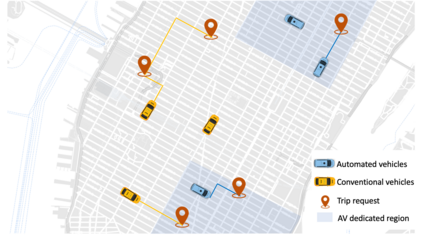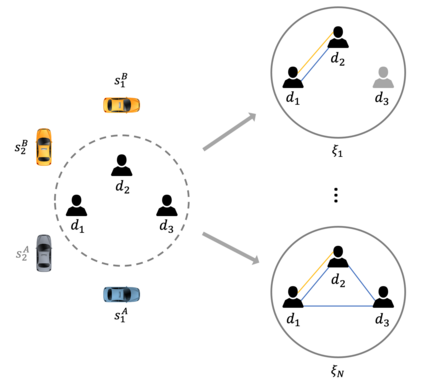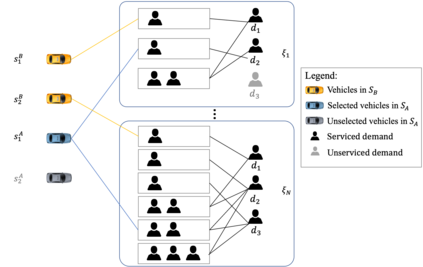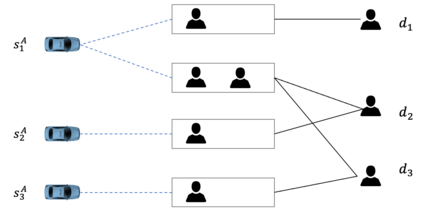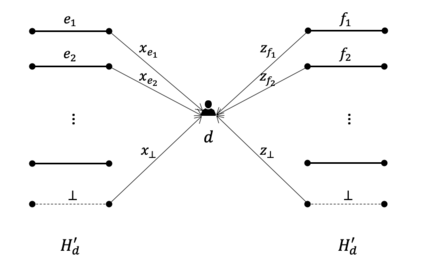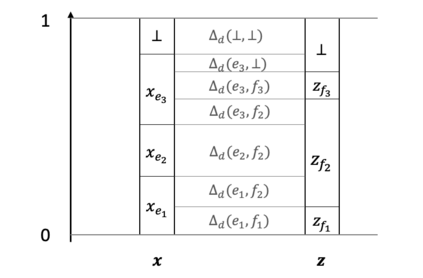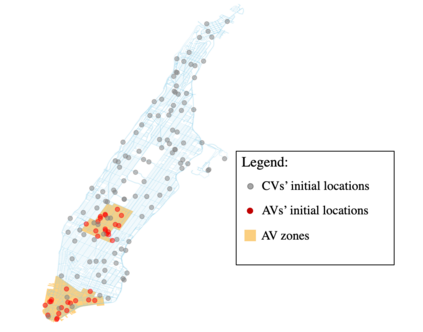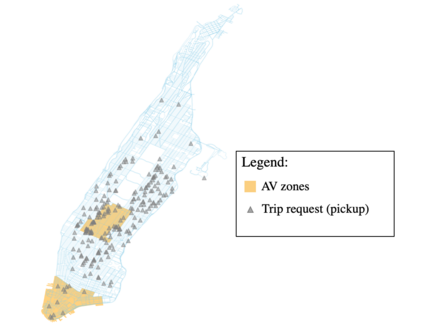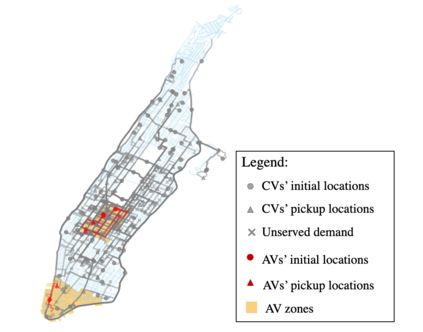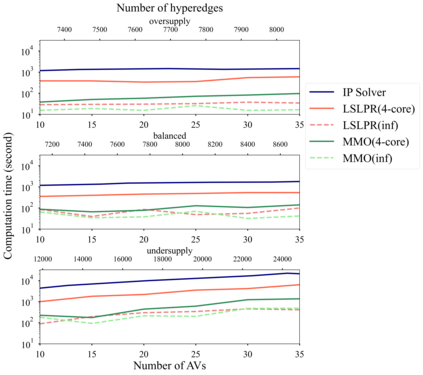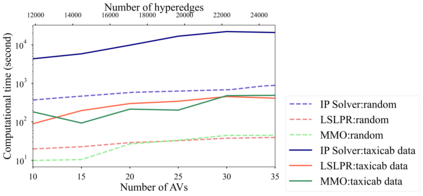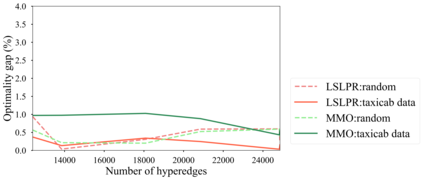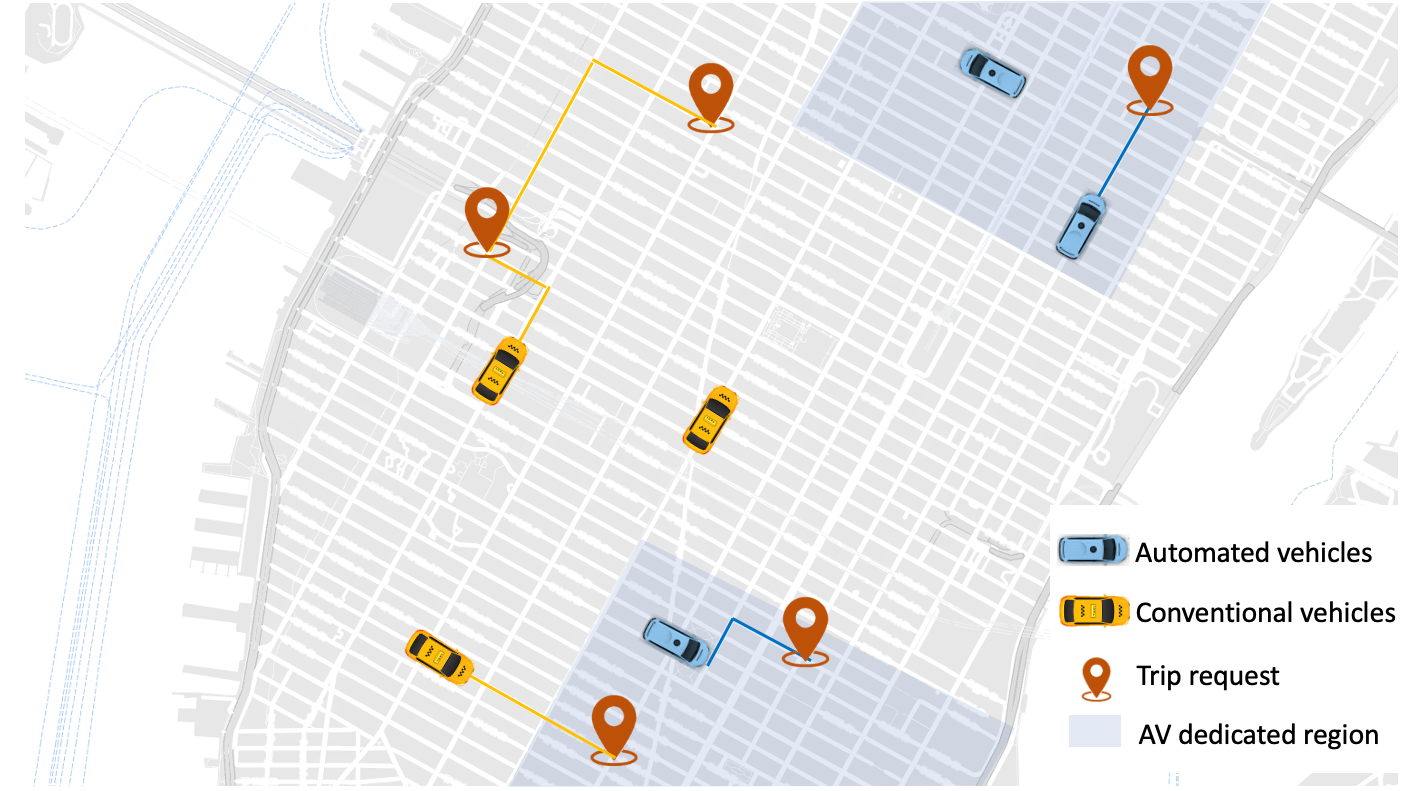Ridepooling plays a pivotal role in improving fleet utilization in shared mobility platforms by serving multiple passenger requests simultaneously. The ridepooling assignment problem is solved repeatedly on a shareability graph, a hypergraph representing the matching compatibility between available vehicles and pending requests, to find optimal co-riders. With a mixed fleet of two or more types of vehicles, fleet sizing is predetermined before the requests are revealed. Due to the immense size of the underlying shareability graph and demand uncertainty, it is impractical to use exact methods to calculate the optimal trip assignments. Two approximation algorithms for mid-capacity and high-capacity vehicles are proposed in this paper; The respective approximation ratios are $\frac1{p^2}$ and $\frac{e-1}{(2e+o(1)) p \ln p}$, where $p$ is the maximum vehicle capacity plus one. A data-driven shared mobility simulator with mixed autonomy traffic validates the performance of these algorithms. These efficient algorithms serve as a stepping stone for a variety of multimodal and multiclass on-demand mobility applications.
翻译:通过同时提供多个乘客请求,在提高共用机动平台车队利用率方面,集中使用机动车辆在同时满足多个乘客请求方面发挥着关键作用。搭便车分配问题在共享图上反复解决,这是一个代表现有车辆和待决请求之间匹配兼容性的超强图,目的是寻找最佳搭乘者。在混合车队由两种或两种以上车辆组成的情况下,车队的分类在披露请求之前预先确定。由于潜在的共享图和需求不确定性的庞大规模,使用精确方法计算最佳旅行任务是不切实际的。本文提出了两种中容量和高容量车辆的近似算法; 相应的近似比率是$\frac1{p}$和$\frac{e_ ⁇ (2e+o(1)) p\ un p},其中美元是最大车辆能力加上1美元。由数据驱动的共享流动模拟器与混合自主交通流量的模拟器验证了这些算法的性。这些高效的算法作为多种多式联运和多级按需流动应用程序的垫脚石。

